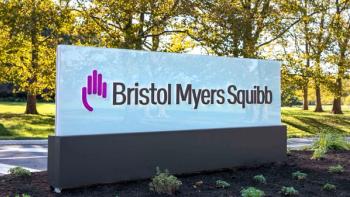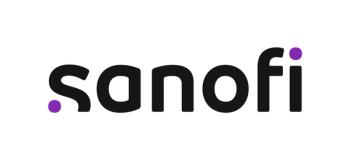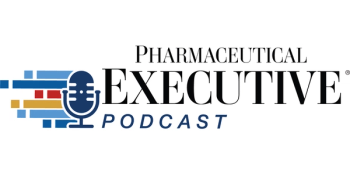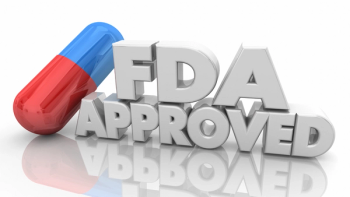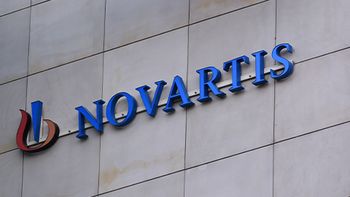
Asembia 2025: A General Landscape of the Pharmaceutical Industry
IQVIA’s Doug Long offers a lay of the land, including trends and developing issues that are shaping the current market.
The second day of Asembia’s AXS25 Summit here in Las Vegas started off with a general session on “US Pharmaceutical Trends, Issues, and What’s Next.”
As its title might imply, the presentation—guided by Doug Long, IQVIA’s vice president of industry relations—explores the current landscape of the US pharmaceutical industry by detailing market performance; hot topics; drug shortages and pharmacy closings; new product launches; GLP-1s; and a future outlook.
It’s also important to point out that the statistics and projections are all courtesy of IQVIA.
Market performance
Long, who was given the lifetime achievement award by Thomas Cohn, Asembia’s chief strategy officer to lead off the morning, noted that the total market continues to grow to $821 billion, with 78.3% of the 2024 total market sales growth being attributed to volume increases.
In fact, there was a 10% market increase last year, and total market growth is even accelerating to start 2025, currently standing at 12.8% YTD (as of February 2025). Given this positive trend, the consensus here is that each retail class of trade—including retail, chain and mass, food, and independent—is seeing similar accelerated growth to start the year.
A major trend here at the show thus far, has the rise of specialty. It has actually outpaced traditional growth, and currently has a 52% share of the total non-discounted spend; last year alone, specialty spend rose by 11.9%, compared to traditional at 8.1%.
In terms of top therapy class, immunology continues to remain at the top of the list (18.9% of the market share), powered by Humira, Skyrizi, and Dupixent; the latter two are fastest growing specialty products at $6 billion and $4 billion absolute sales and growth. It may also come as no surprise that come in second at 16.9% market share are the antidiabetics (Ozempic, Mounjaro, Jardiance).
Four of the top 10 fast growing products are GLP-1s, including Mounjaro, Ozempic, Zepbound, and Wegovy representing $10.8 billion, $8.5 billion, $7.7 billion, and $6.5 billion in absolute sales and growth last year.
As for oncologics, antithrombotics, respiratory agents, vaccines, and mental health rounded out the top eight top therapy classes.
Hot topics
According to Long, there are a plethora of factors that are contributing to challenges in the US pharma marketplace, with tariffs being at the top of the list, but “we really don't know how this is all going to play out, because it's just what it is on this particular day, in this particular hour.”
Other factors include:
- The Inflation Reduction Act (IRA): The 2022 piece of legislation could have implications on 2025 out-of-pocket cost caps for Medicare patients, along with 2026 CMS drug price negotiations.
- Drug Supply Chain Security Act (DSCSA): With official enforcement beginning in May of this year, pharma supply chain stakeholders are required to track prescription drugs from the manufacturer to the pharmacy by abiding to set standards.
- Drug shortages: Seventy percent of drugs here in the United States have been in shortage for over two years, while having the FDA catch up on delayed inspections could result in more.
- Biosimilars: Their adoption in the US market has been slow but is impacting new entrants.
- Reimbursement challenges: Pharmacies grapple with fees, decreasing reimbursement, and complex business models.
- Staffing: This includes labor shortages (since the pandemic), a decrease enrollment in pharmacy school, and burnout.
- Store closures: The above obstacles cause store closures, resulting in 15.8 million people living in pharmacy deserts as a result (4.7% of the total population). There was even a two-year period where three retail pharmacies were closing each day, and there are over 5,800 few pharmacies since 2018. Why is this? It’s due to the fact, Long said, that “they lose money in every GLP-1 prescription they dispense. They got caught up in the cyberattack in the first quarter last year, and they changed the DIR reimbursement formula.”
During a time when the country has been powered by PBM regulation; trade and tariffs; Department of Government Efficiency (DOGE) and regulatory shifts; and a toughness on price, the US has become increasingly depending on important pharmaceuticals. Last year alone, 71% of US pharmaceutical imports came from EU countries—Ireland accounted for 40% of those.
New product launches
There was six MNE launches through January 2025: Alyftrek, Amjevita, Imkeldi, Opdivo Qvantig, Sovuna, and Wezlana.
Meanwhile, the MASH (metabolic dysfunction-associated steatohepatitis), respiratory vaccine, Humira biosimilars, and GLP-1s (sleep apnea) are the key markets to watch.
Regarding GLP-1s in general, only 10% of the obese population has been treated, yet they earned $8 billion a month in US gross sales in 2025.
Retirement
Long, who has given thousands upon thousands of presentations over the course of his decades-long career, plans to retire later this year. He noted that the people he’s encountered during that time is what he’ll miss the most.
Luckily, he’s open to assisting as a bucket list coordinator.
Reference
Long D. US Pharmaceutical Trends, Issues, and What’s Next. April 29, 2025. Asembia AXS25 Summit. Las Vegas.
Newsletter
Lead with insight with the Pharmaceutical Executive newsletter, featuring strategic analysis, leadership trends, and market intelligence for biopharma decision-makers.

